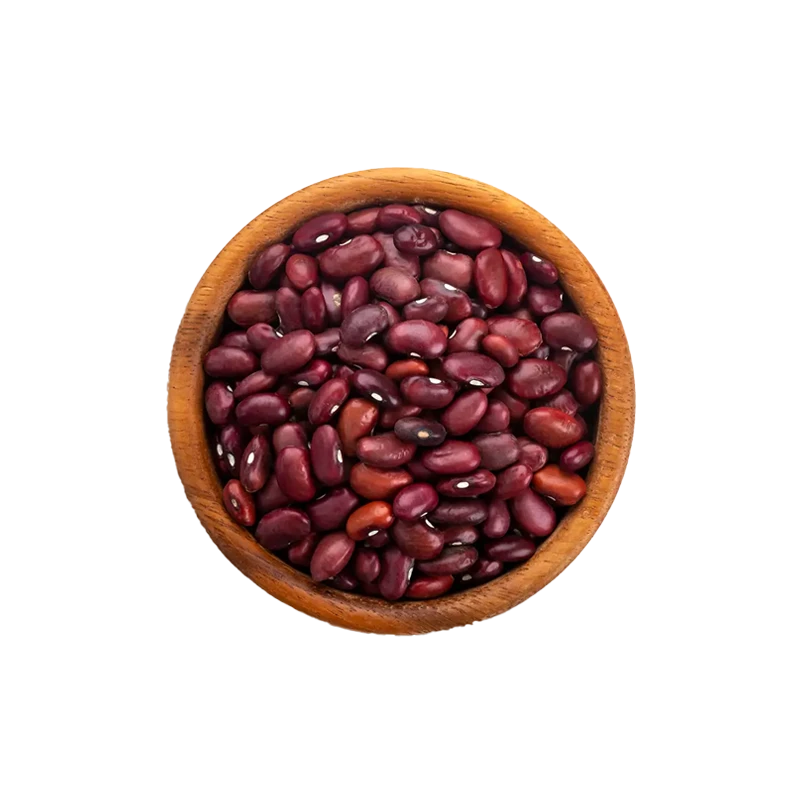Brisket — Nutrients, Health Benefits, and Shopping Tips

Written by Listonic Team
Last update on September 4, 2024
Nutrients
Nutrition facts
Amount per 100 g
Calories
🔥 250 kcal
| Nutrients per: 100 g | Value | % Daily Value* |
|---|---|---|
| Carbs | 0 g | - |
| Fiber | 0 g | - |
| Sugars | 0 g | - |
| Glycemic Index | 0 | - |
| Protein | 18 g | 36% |
| Sodium | 60 mg | 2.61% |
| Total Fat | 20 | 25.64% |
*The % of Daily Value (DV) tells you how much a nutrient in a serving of food contributes to a daily diet. 2,000 calories a day is used for general nutrition advice.
18 g
🧀 Good Protein Content
Key takeaways
Health benefits
- High in protein, essential for muscle growth, repair, and overall body function.
- Rich in iron, which helps in the formation of red blood cells and prevents anemia.
- Contains essential vitamins and minerals such as B vitamins, zinc, and phosphorus, which support energy metabolism, immune function, and overall health.
- Source of healthy fats, particularly if cooked in a way that retains its natural fat, providing energy and supporting cell function.
Health risks
- High saturated fat content particularly in the fattier cuts, which can contribute to increased cholesterol levels and raise the risk of heart disease.
- High calorie content which can contribute to weight gain if consumed in large quantities, especially when paired with rich sauces or sides.
- Potential carcinogens from cooking methods like grilling or smoking at high temperatures, leading to the formation of harmful compounds such as heterocyclic amines (HCAs) and polycyclic aromatic hydrocarbons (PAHs).
- Risk of contamination with harmful bacteria such as E. coli or Salmonella, especially if the meat is not cooked to a safe internal temperature.
How to choose brisket
A good brisket should have a layer of fat on one side, helping it stay moist during slow cooking. The meat should be deep red, indicating freshness, and feel supple, suggesting tenderness upon cooking.
Avoid briskets that are overly lean or have patches of hard fat that won't render well. Steer clear of any that appear dry or discolored, suggesting poor quality or improper storage.

How to store brisket
Brisket should be stored in the refrigerator and used within a few days of purchase. For longer storage, freezing is recommended, where it can last up to six months. Keeping it in its original packaging or an airtight container helps maintain freshness.
Extended exposure to air and room temperature can cause brisket to spoil quickly. Avoid refreezing brisket once thawed, as this can degrade its texture and quality. Thawing in the refrigerator ensures the meat remains safe and retains its flavor.
✅ Extra Tip
How long does it last?
Brisket can last for 3-5 days in the refrigerator. If frozen, it can be stored for up to 6-12 months. To maintain its quality, ensure it is tightly wrapped or vacuum-sealed before freezing.
What to do with leftovers?
Leftover brisket can be repurposed into a variety of hearty dishes. Shred it and use it in tacos, sandwiches, or burritos for a flavorful filling. Brisket is also great in stews or soups, where its rich, smoky flavor adds depth.
Use brisket in a pasta dish, such as brisket ragu, or mix it into a casserole with vegetables and cheese. If you have a lot of brisket, consider making a batch of brisket chili or using it in a beef pot pie. Brisket can also be served cold in a sandwich with pickles and mustard, or chopped and added to a hash with potatoes and onions for breakfast. For a quick meal, reheat the brisket and serve it over mashed potatoes or rice with a side of vegetables.
👨⚕️️ Medical disclaimer
How brisket supports specific health conditions
Brisket is a flavorful cut of beef rich in protein, supporting muscle health and repair. It also contains essential vitamins and minerals, including iron, which promotes blood health by preventing anemia. Additionally, brisket provides B vitamins that support brain function and energy metabolism. While brisket can be higher in fat, consuming it in moderation as part of a balanced diet can still support heart health.
Discover products from other categories
Listonic Team
Fact-checked
Our editorial team checked this article to make sure it was accurate at the time of publishing it.
Get the top-rated shopping list app







